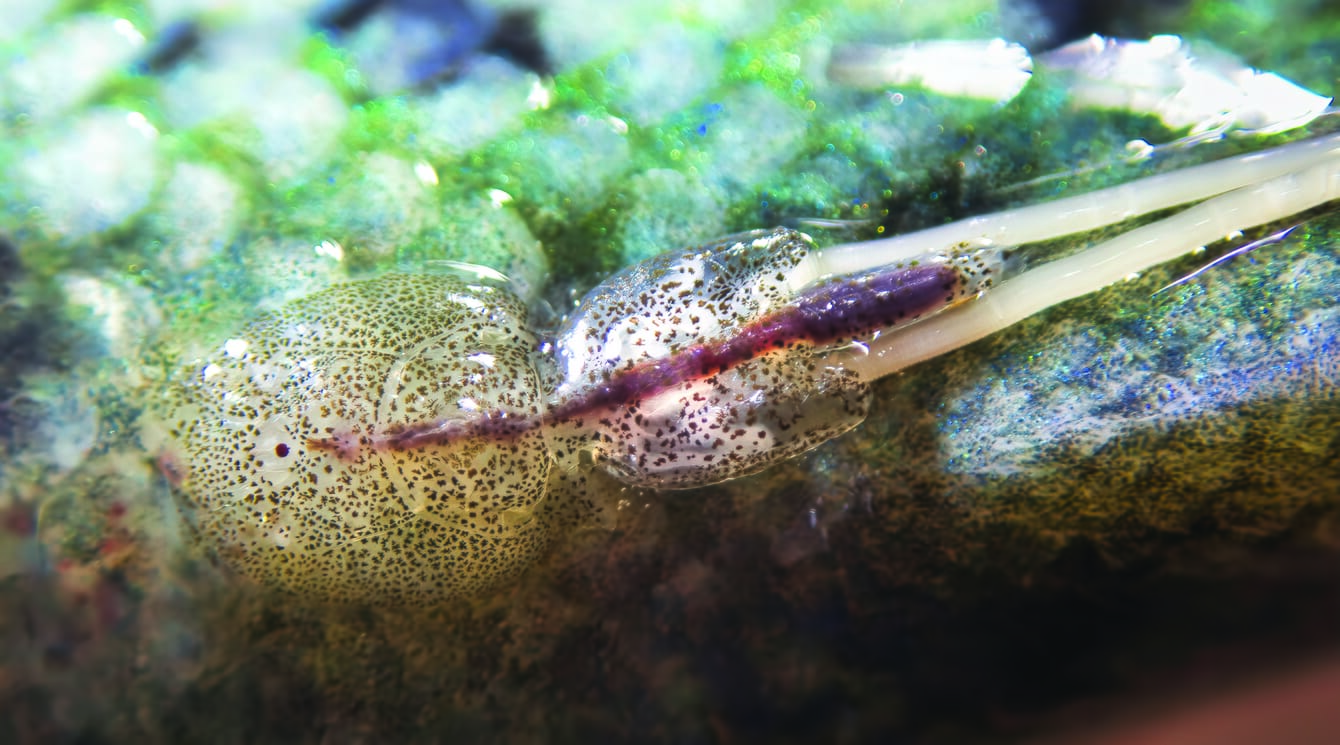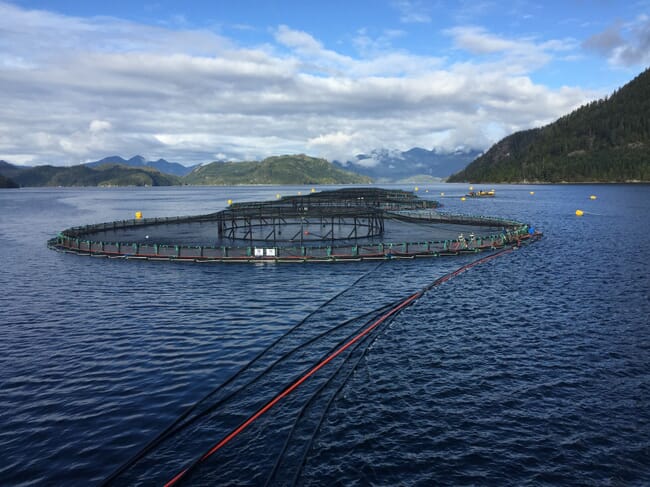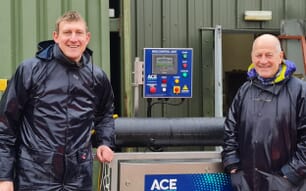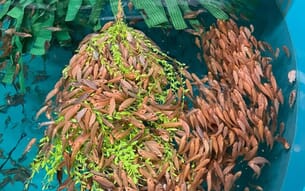
The latest analysis concludes that the presence of farmed salmon does not appear to have a measurable impact of sea lice counts on wild salmon populations
This comprehensive CSAS report adds to the nine previous CSAS science reviews (2020) on salmon aquaculture in BC, that concluded “minimal risk” to Fraser River Sockeye salmon from all relevant fish pathogens of concern. The current report indicates that there is no statistical correlation between sea lice counts on wild and farmed populations of salmon – meaning that the presence of farmed salmon does not appear to have a measurable impact of sea lice counts on wild salmon populations.
Sea lice naturally occur in the Pacific Ocean, and farm-raised salmon enter the ocean free of sea lice. According to comments from the BC Salmon Farmers Association (BCSFA), farms operate under stringent DFO regulations and practice precautionary management measures to minimise sea lice transmission from farmed to wild salmon.
The salmon sector has a strong history of innovation and has continuously worked to improve management practices to reduce the risk of sea lice interactions between wild and farmed salmon populations. BC’s sector has focused on integrated pest management and a suite of treatment tools. According to BCSFA, this science review is further confirmation that their hard work is paying off.
“As a sector, we continue to improve and innovate to ensure that our operations have minimal impact on the surrounding ecosystem,” says Brian Kingzett, executive director of the BC Salmon Farmers Association. “As farmers, and as British Columbians, we care about wild salmon and agree whole heartedly with DFO Minister Joyce Murray regarding ensuring the protection of wild Pacific salmon.”
The organisation says that it is committed to the continuation of sea lice monitoring on wild salmon in all operating areas as part of federal licensing for Atlantic salmon farms. The sector will continually strive through innovation and Indigenous oversight to lower sea lice levels on farms and build on the results reflected in this recent CSAS review, to show that farmed and wild salmon can coexist sustainably.
The BC salmon farmers are currently working with DFO on the federal mandate to progressively minimise or eliminate interactions with wild salmon. BCSFA’s new report titled: BC salmon aquaculture transition: then & now details how First Nations right to self-determination and reconciliation will lead the way to a successful transition plan for salmon farming in British Columbia. The report also outlines how the sector’s deep history of innovation supports the federal government’s vision for BC aquaculture, reconciliation, food security, the blue economy and climate-friendly protein production.

BC’s salmon sector has focused on integrated pest management and a suite of treatment tools to keep sea lice at bay © Grieg Seafood
The CSAS Science Response Report results from the National Peer Review process on the association between sea lice from Atlantic salmon farms and sea lice infestation on juvenile wild Pacific Salmon in British Columbia held on 24 June 2022.




